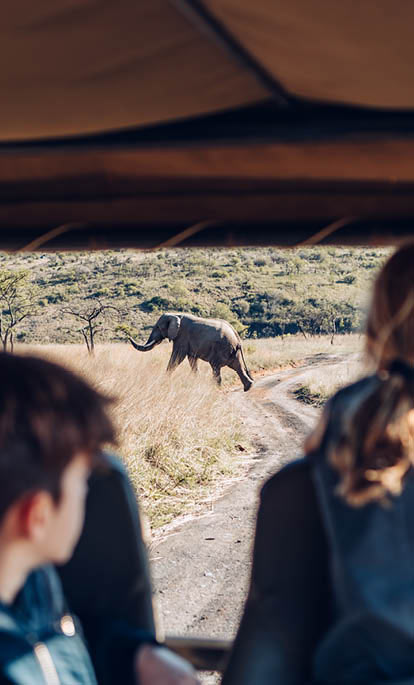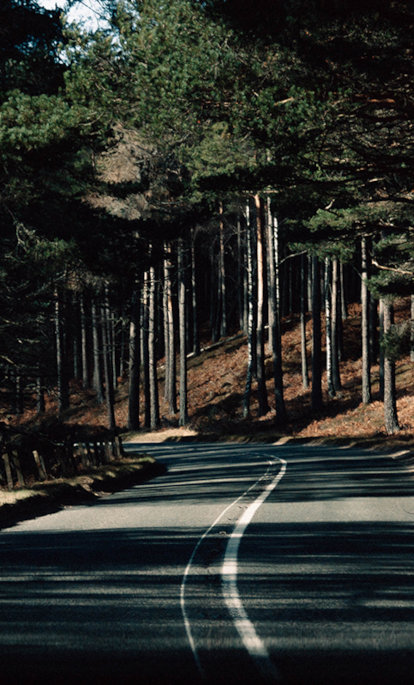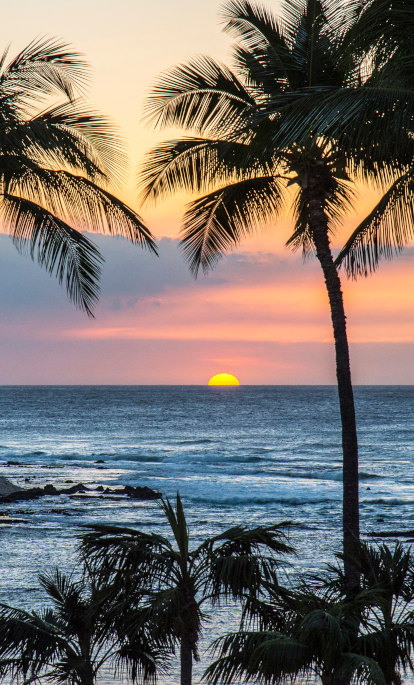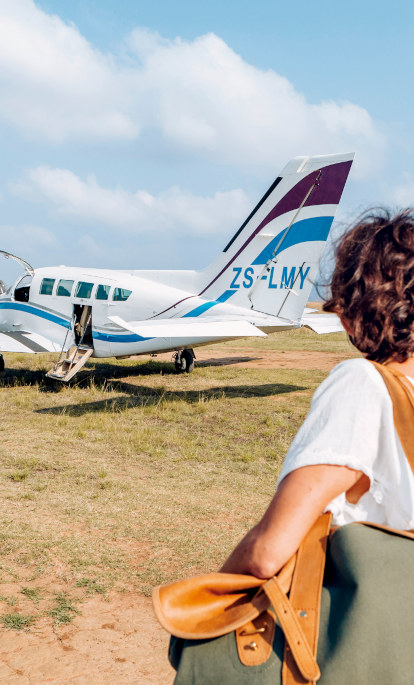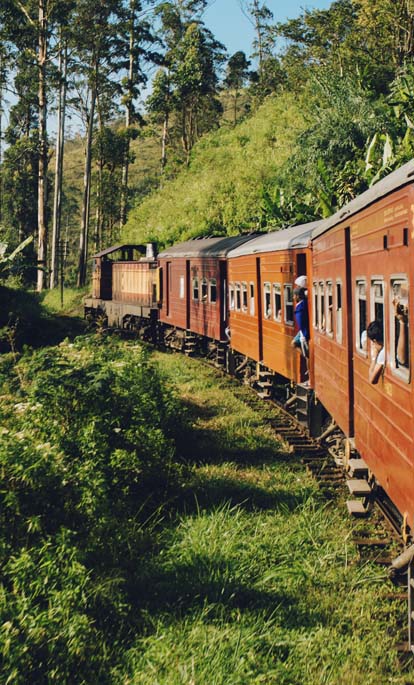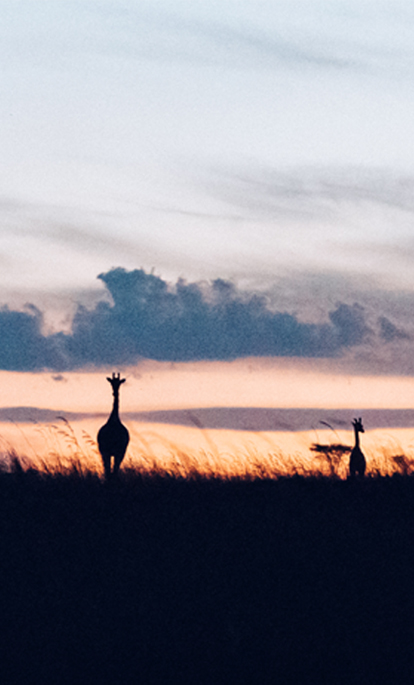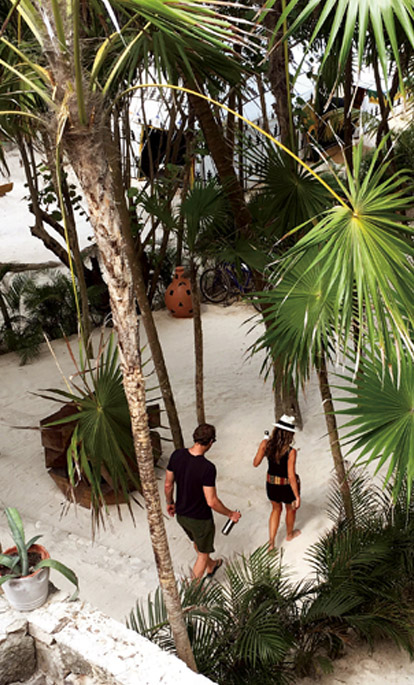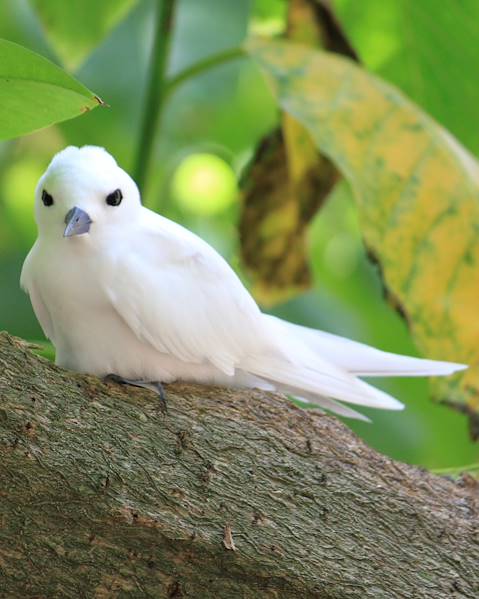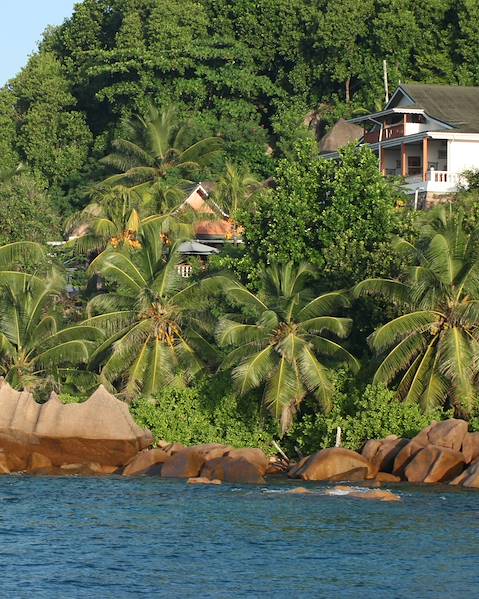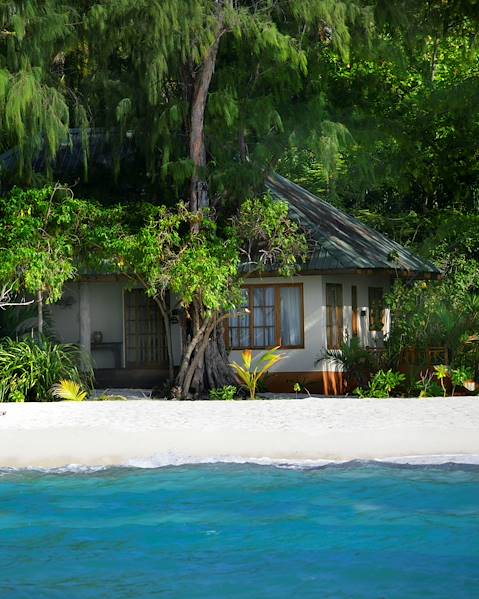Population
97,739 (2019)
Official languages
Creole, French, English.
Languages spoken
95% Seychellois speak Seychellois Creole (Seselwa) derived from French. French and English are both also spoken.
People
The vast majority of Seychellois are of African origin. Some, however, have European, Indian or Chinese ancestors. Minority groups are French, Indian, Chinese and Arabic.
Religion
Catholics: 80%. Anglicans: 8%. Hindu: 2%. Muslims: 1.5%. A very small proportion hold animist beliefs.
National Holiday
29 June: Independence Day.
Holiday Schedule
- 1 (and 2) of January: New Year’s Day.
- March or April: Easter (Good Friday, Holy Saturday, Easter Sunday).
- May 1: Labour Day.
- June: Corpus Christi.
- June 5: Liberation Day.
- 18 June: Constitution Day.
- June 29: The Independence Day.
- August 15: Assumption.
- November 1: All Saints Day.
- December 8: Immaculate Conception Day.
- December 25: Christmas.
History
It’s thought that Arab sailors roamed the waters around the Seychelles and knew of their existence in the 14th and 15th centuries. But in 1502, it was Portuguese explorer, Vasco da Gama (1469-1524) who reached the archipelago and a clutch of subsequent Portuguese sailors. The English landed here in1609. Interest grew around the islands and their strategic position close to trade routes with India, and the French started to explore Mahe and the Bourbonnais Islands in 1742, ultimately claiming the Seychelles in 1756. There were, however, no permanent colonies on the islands of the Seychelles Bourbonnais until 1770, when small settlements sprung up in St. Anne and Mahe to exploit the natural resources – particularly turtles. The first building of what was to become Victoria was erected in 1778 with a colony of just 250 people (including 200 black slaves). During the French Revolution, privateers were established on the Seychelles to harass British vessels en route to India and the islands were used as a base for French corsairs (‘pirates’ operating on behalf of the French crown). This raised an attack in 1794 by a squadron of three British ships, and with no means to fight off the enemy, the Seychelles were surrendered to Britain.
From 1800 to 1810, the colony flourished, increasing from 2,000 to 4,000 inhabitants, most of whom were slaves. Agricultural settlements developed and a thriving fishing industry was spawned. Around this time, Britain’s hold on French Indian Ocean colonies tightened, and it claimed Reunion and Mauritius. For the next few decades, life moved to a quiet beat but with the abolition of slavery in 1835, many farmers left the islands, liberated slaves squatted on their plantations, and exports significantly dropped, leading the islands to go into decline. But it was the coconut that was to change their fortunes as planters caught on to the profits that could be reaped from the fruit. Freed slaves from French and Arab boats were brought over to the Seychelles and worked as apprentices to the planters, in return for wages. The opening of the Suez Canal (1869) forged new avenues for the Seychelles economy: palm oil, vanilla and clove were exported and once again, the Seychelles flourished, with around 20,000 inhabitants in 1900. With the dawn of the First World War, the euphoria dwindled and there was a period of isolation and recession, that darkened the 1920s. Following WWII, Britain invested in irrigation, fishing and forestry on the archipelago, though the standard of living remained low.
In the early 1960s, new political movements were established: the Seychelles Democratic Party (SDP) was formed in favour of retaining links with the British Empire; the Seychelles People's United Party (SPUP) campaigned for independence. The SDP won an election in 1966, but in 1975, both parties advocated for independence from Britain – something that was granted in 1976. Taking advantage of a coup, the SPUP seized power in 1977 and led a socialist one-party state until 1993. In 1992, political pluralism was restored and today the islands are prosperous and politically stable.
Policy
Seychelles is a presidential republic. The president, elected for five years by popular vote, is both the head of state and the government. The parliament is unicameral: 34 members elected for five years. The President must approve his government by parliament.
Famous Seychellois
- Michael Adams (born 1937) is an English-born painter, whose impressionist style has been revered for capturing the nature of the islands and its inhabitants. Having created evocative artworks of the archipelago since 1972, he’s earned an MBE for his contribution to the Seychelles’ art scene.
- Writer and poet, Antoine Abel (1934 - 2004), is one of the islands’ most acclaimed and celebrated figures in Seychellois literature. Much of his work drew on the indigenous culture, the folklore of the Seychelles and the natural environment.
- Patrick Victor (born 1952) is one of the most respected musicians in the Seychelles, inspired by moutya - a traditional dance twinned with drumming and male choirs. Koste pep Losean Indyen and Zwe his lamizik, are two of his greatest records, played across the Indian Ocean to crowds of dancing locals.
- Olivier Levasseur (hanged in 1730 in Réunion) was a French pirate, nicknamed ‘The Hawk’. Legend has it the pirate hid a vast haul of treasure (worth £1 billion), and minutes before his death at the gallows, he flung a cryptogram into the crowd, believed to lead the decipherer to the hidden treasure. Centuries later, the hunt continues in the Seychelles.
Etiquette
Tipping is at your discretion. For all those working with us, you have the assurance that your tips will never replace a salary. Generally, it is best to align your tip on the local economy: look at the price of a beer or of a tea and estimate based on that amount. In small independent restaurants, where the service is not included, we recommend leaving a tip of between 25-50 rupees (£1.50-£3); in luxury establishments, restaurants or hotels, leave around 50-100 rupees (£3-£6). Restaurants tend to close relatively early, so try and nab a table around 7 or 8pm. Many are attached to hotels, though there are good independent addresses in Beauvallon (Mahe) or Friendship (Praslin).
Shopping
There aren’t stacks of crafts to buy in the Seychelles, but there are some attractive and well-made items worth seeking out, including hats, baskets, blinds and screens – many of which are crafted from coir facts (coconut fibres). Bold and bright textiles and sarongs are for sale, and there are incredible spices from markets and stalls: cinnamon, saffron, cloves, nutmeg, star anise and more. Other popular souvenirs include wooden replicas (plain or painted) of marine species (fish, turtles, lobsters). As for the famous coco de mer – the fruit endemic to the islands of Praslin and Curieuse that’s grown on endangered palm trees – they are difficult to source, but once you’ve found a seller of the giant coconuts, it must be accompanied by a certificate and an export permit, issued by the merchant. Finally, the islands have a thriving arts scene, and behind gallery doors are exceptional paintings of marine animals, folklore images and dreamy seascapes.
Food
You’ll always eat well in the Seychelles. Across the islands are ultra-luxe restaurants, seaside shacks and colonial-style joints dishing up plates inspired by African, French, Chinese and Indian gastronomy. Rice and freshly caught fish (trevally, tuna, barracuda, marlin) are very popular, cooked up with spices, vegetables, sweet potatoes and bananas. Superb shellfish and octopus are widely available. The locals love to add a few splashes of Creole sauce to their dishes, but beware – it’s super spicy. Chicken, beef and pork are popular, and palm hearts are frequently added to salads. For a classic Seychellois speciality, there’s the kari koko - a spicy fish or chicken curry with coconut milk. Embrace the go-slow service in restaurants; though if you’re in a hurry, grab a takeaway from places dishing up cheap, authentic and delicious Creole cuisine: think curried squid, spicy children and smoked fish salad.
Drink
Tap water is drinkable in principle in the Seychelles. However, bottled mineral water is recommended. Sodas and beer (SeyBrew, a popular blonde beer) are easy to find, as are refreshing cups of tea (flavoured with cinnamon or vanilla) and infused with lemongrass. Fruit juices are delicious: from papaya to pineapple, guava to passion fruit. Elsewhere, Coco Love is a liqueur made from coconut milk. Generally, local products are cheaper and just as good (if not better) than imported brands.
